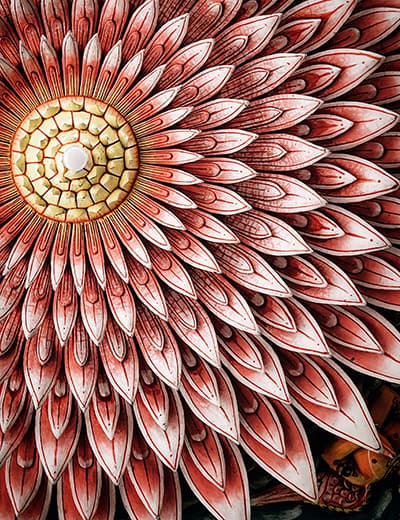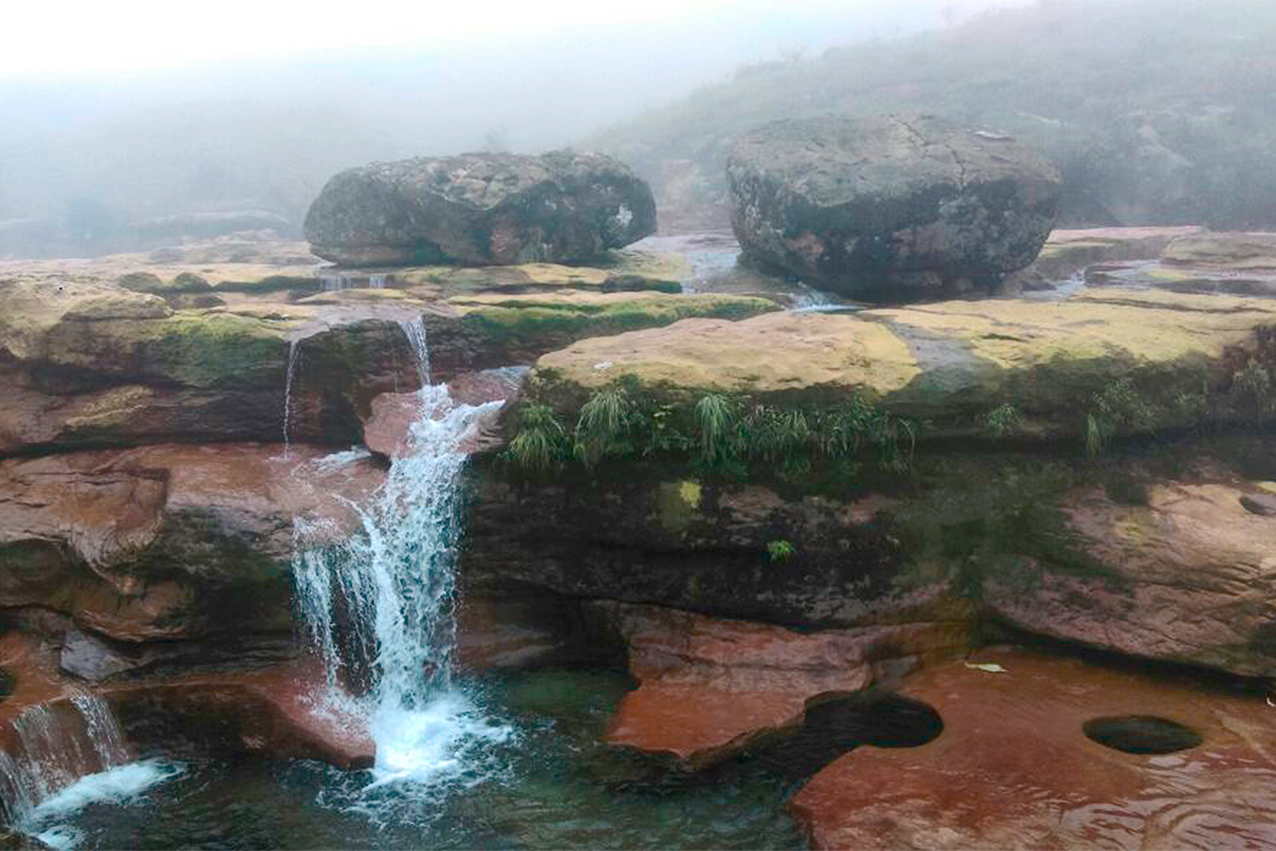
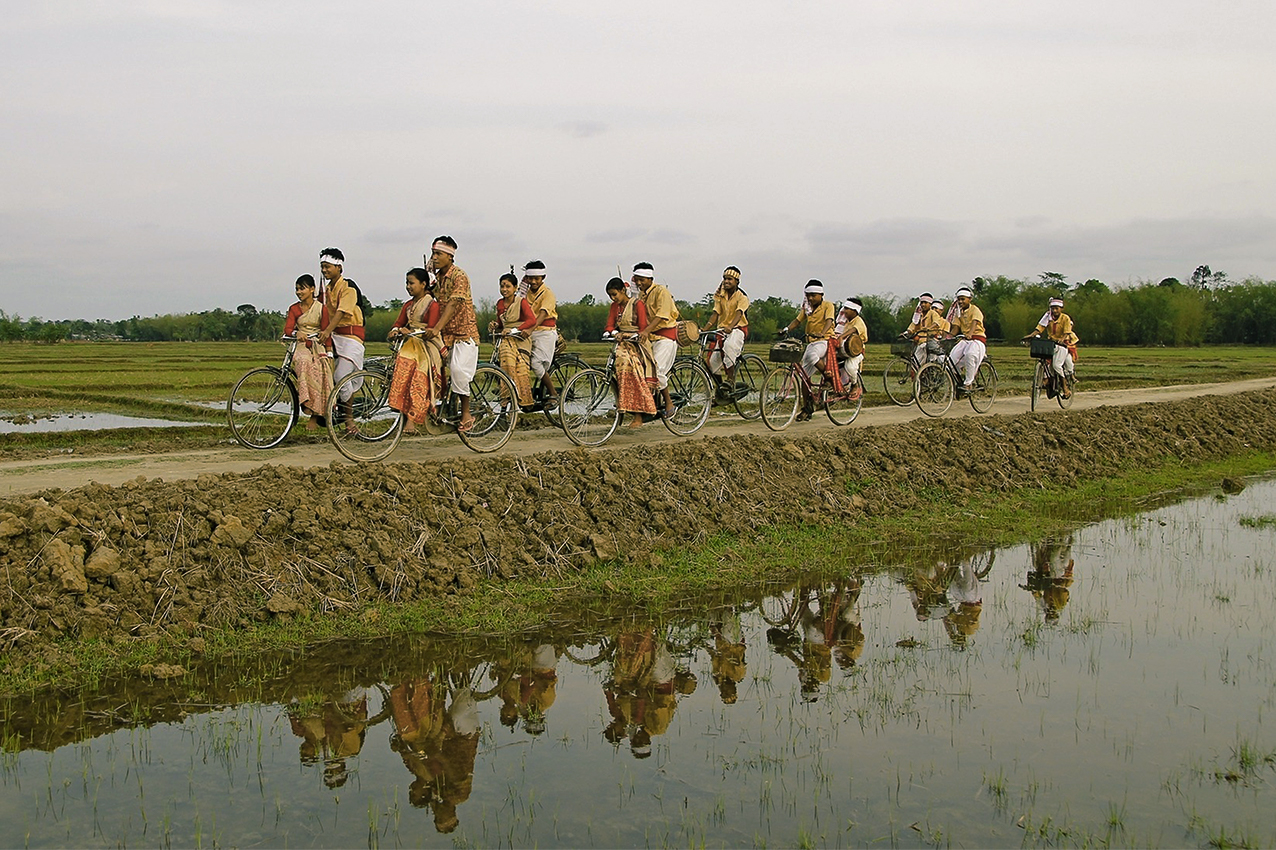
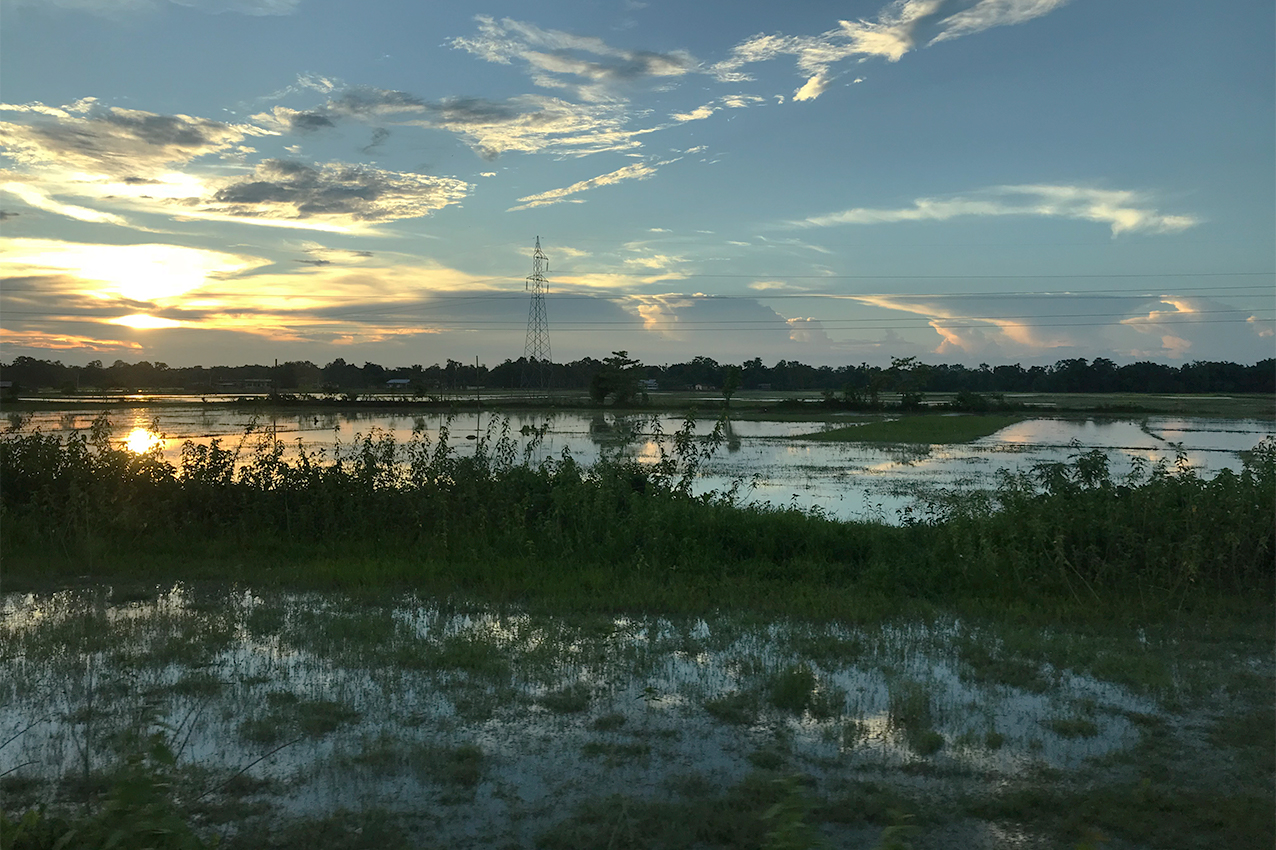
An artist gives shape to the distinctive beak of Garuda on a mask painted for bhaona. Closeted hills give way to paddy fields, soon morphing into forests, and suddenly, tea gardens. A lone fisherman awaits on the Brahmaputra, the silhouette of his oar defined against the setting sun. The pungent aroma of bamboo shoot hangs in the air, pork is slow cooked over a fire. The thak-thak sound of the looms create melodies of labour, local women are weaving silk mekhela chadars.
For most of its long history, the northeast of India has remained in isolation, embraced by a mighty mountain range. Exploring the many cultures and diverse features of the land, this journey begins in Guwahati, a city that mirrors the geography of the entire region. Move to Cherrapunjee, the land of clouds – a place where the mist is entwined with the rocks, streams, and hills. From here, descend into Shillong, reminiscent of the Raj with its quaint old buildings. Play hide and seek in the grasslands of Kaziranga with the indigenous fauna species, then alight upon the river island of Majuli, where myths and legends come to life in the bhaonas. In Kohima, discover a rich tribal culture that has grown nestled comfortably within the Naga Hills.
Ringed by a cluster of hills, on the banks of the mighty Brahmaputra in the lower regions of Assam is the largest city of the Northeast, Guwahati. Home to several sites of religious importance, it is the entry into a remote world. The renowned Kamakhya Temple, a sacred site of worship for the mother goddess, Shakti, is one of the most visited places of the area. An ancient domed temple for astronomy rests on one of the hills of the city, proffering sweeping views of the landscape from its heights.
From this seat of power, the journey ascends the mountains of Meghalaya to alight upon Cherrapunjee. A land of high rainfall with undulating hills and green plateaus, the place cannot be mentioned or even thought of, without thinking about mist. The unique climate of this area creates impromptu mists every few minutes, rendering the landscape a sea of cloudy white seconds after viewing it in its green glory. In nearby Mawlynnong, discover how sustainable indigenous practices have made it the cleanest village of Asia. On way to Kaziranga, unwind by the Umiam Lake on the outskirts of Shillong.
In the open grasslands of Kaziranga National Park, encounter the indigenous wildlife. While it rose to fame because of the rare one-horned rhinoceros, the Park is home to a number of other rare species, like the wild water buffalo, leopard, swamp deer, and several migratory birds from Central Asia. After a day of exploration, experience traditional Assamese cuisine in a homely forest retreat.
Drive amidst the unending tea gardens and paddy fields, purple hills in the horizon, to reach Nimati Ghat, from where the ferries bring people to the river island of Majuli. A Neo-Vaishnavaite movement started by social reformer Srimanta Sankardev brought this island into prominence in the 16th century. His philosophy of ‘worship through art’ is still followed in the many xattras of the island, monasteries where people practice this philosophy through music, dance, and theatre.
A land of constantly changing landscapes, the region is heaven for those interested in geography. Ascend the hills of Nagaland from Assam after a drive through Nambor Habi, a forested area inhabited by local flora and fauna. In the capital city of Kohima, discover the rich culture of the tribes, a wealth of arts, dance, cuisine, and craft traditions. Come across fermented foods and the famous bhut jolokiya, the Naga King Chilli, capable of reducing even one who is very at home with spicy foods to tears.
-
Cities
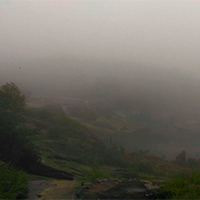
Cherrapunjee
Under a thick layer of rain resides Cherrapunjee, historically known as Sohra, on the Khasi Hills of Meghalaya. Being in Cherrapunjee means being at one with the mist. The region receiving some of the highest rainfall in the world has left it with unique geographical features, like the living root bridges of the ficus elastica tree, which do not decay in the rain and hence are essential here.
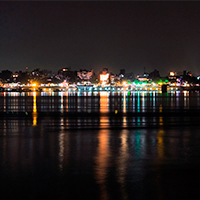
Guwahati
A city that has stood solemnly for over a thousand years on the banks of the mighty Brahmaputra, Guhawati is the perfect place for someone to begin their exploration of India's North East. Shaped into its present form during the colonial rule, Guhawati straddles modernity with remnants of a rich heritage left behind by its many rulers. Despite its urban form, Guhawati exudes the warmth of a town surrounded by pleasant hills.
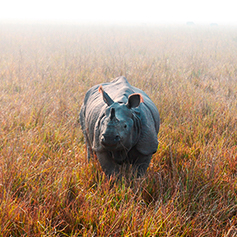
Kaziranga
In the alluvial plains of Assam sprawls Kaziranga, home to the one-horned rhinoceros. A vast elephant-grass meadow with drifting lakes and pockets of forests, it is inhabited by a handsome population of rhinos, tigers, elephants, wild water buffaloes, and swamp deer. Kaziranga also hosts several migratory avifaunal species from Central Asia. With the mighty Brahmaputra flowing through its backyard, it is one of the most serene wildlife destinations.
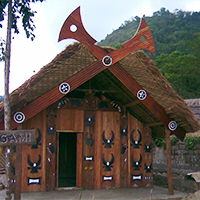
Kohima
On the eastern edges of India are the Purvanchal Himalayas, inhabited by scores of indigenous tribes. Amidst these ranges is Kohima, the capital of Nagaland. The rich history and culture of the people living here has given the place with many claims to fame. The yearly Hornbill Festival is celebrated by all the tribes and the place becomes a hotbed of folk music, dance, and delicious cuisine.
-
EXPERIENCES
Explore the Central Market of Kohima
The Central Market of Kohima is a compendium of interesting regional foods. As you walk through the crowded lanes, discover all kinds of meats and vegetables, from frogs to silkworm larvae, leafy greens like lai, forest ferns, and fermented foods, especially the beloved bamboo shoot.
Explore the landscapes of Cherrapunjee
In the misty undulating area of Cherrapunjee, explore limestone caves that formed millennia ago. Walk across a living root bridge or play underneath one of the many small waterfalls. Learn of the myths abounding as you share anecdotes with locals around a crackling bonfire in the evenings.
Jeep Safari in Kaziranga
In the rays of the afternoon sun, explore Kaziranga National Park from the back of a jeep as you move along the rough gravel tracks through the alternating forested and grassland areas of the park. Within this serene landscape, discover the variety of animal and bird species that reside here.
Visit to a Xattra in Majuli
Visit the oldest xattra on the island of Majuli, built in the 16th century. Encounter bhakats (monks) who practice a monotheistic form of Hinduism through art. Discover the many aspects of art that come together here in the performance of bhaona, traditional theatre, as you understand how life functions here.
Visit to the Kamakhya Temple
Explore the ancient Kamakhya Temple, which is known for celebrating a woman’s ability to conceive. The temple is set on the site where the mythical womb and genitalia of Goddess Shakti were believed to have fallen when Vishnu was forced to cut her body to prevent the destruction of the world from the fierce dance performed by Shiva.

Aromas that the Ships brought
This journey trails the coastlines of the Arabian Sea, to discover the rich flavours and fragrances that have arrived and thrived here...
Bespoke Journey • West India
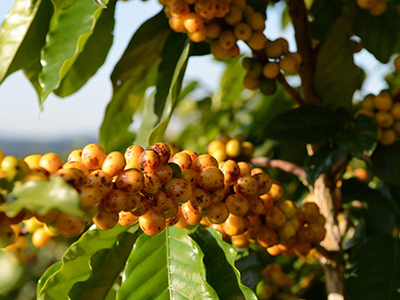
Finding Coffee
A journey to experience the famed coffee culture of the states of Kerala, Karnataka, and Tamil Nadu...
Bespoke Journey • South India
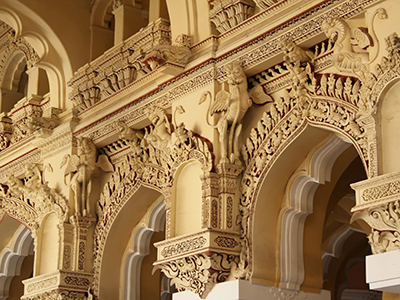
An Encounter At Thirumalai Nayakar Palace
When I started my journey across South India, I had made my mind up to venture into every historic city...
Narrative • South India
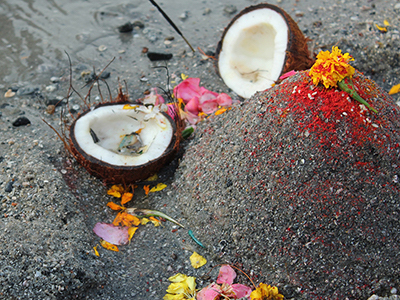
The thirsty soul
This time I came to India with the desire to experience a dip in the holy water. I did not know what to expect...
Narrative • South India
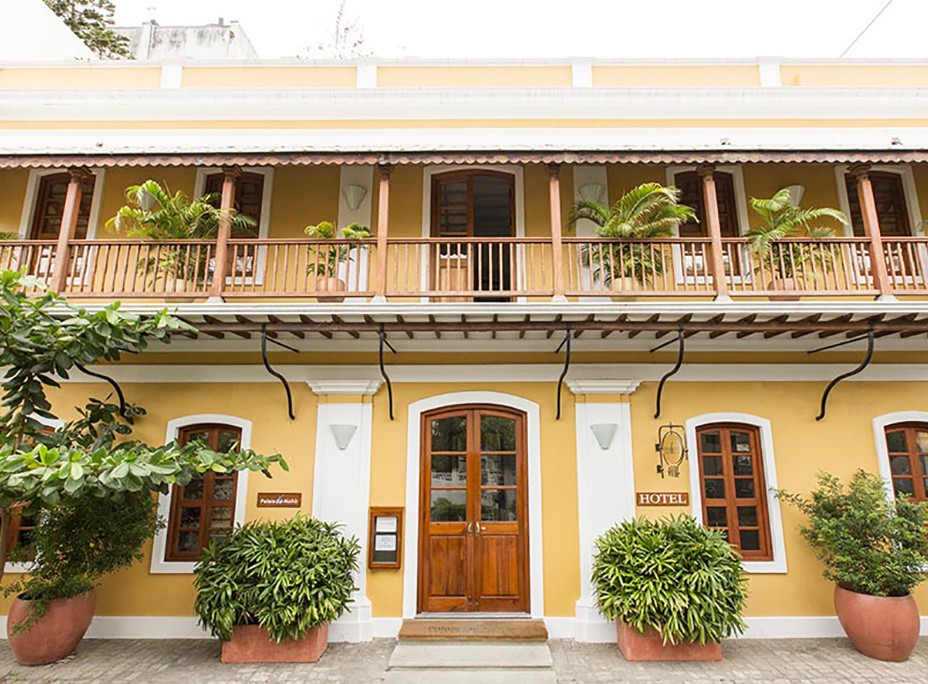
Palais De Mahe
The gentle rumbling of the sea beckons you towards worlds long lost – of palaces with high ceilings
Hotel Guide • South India
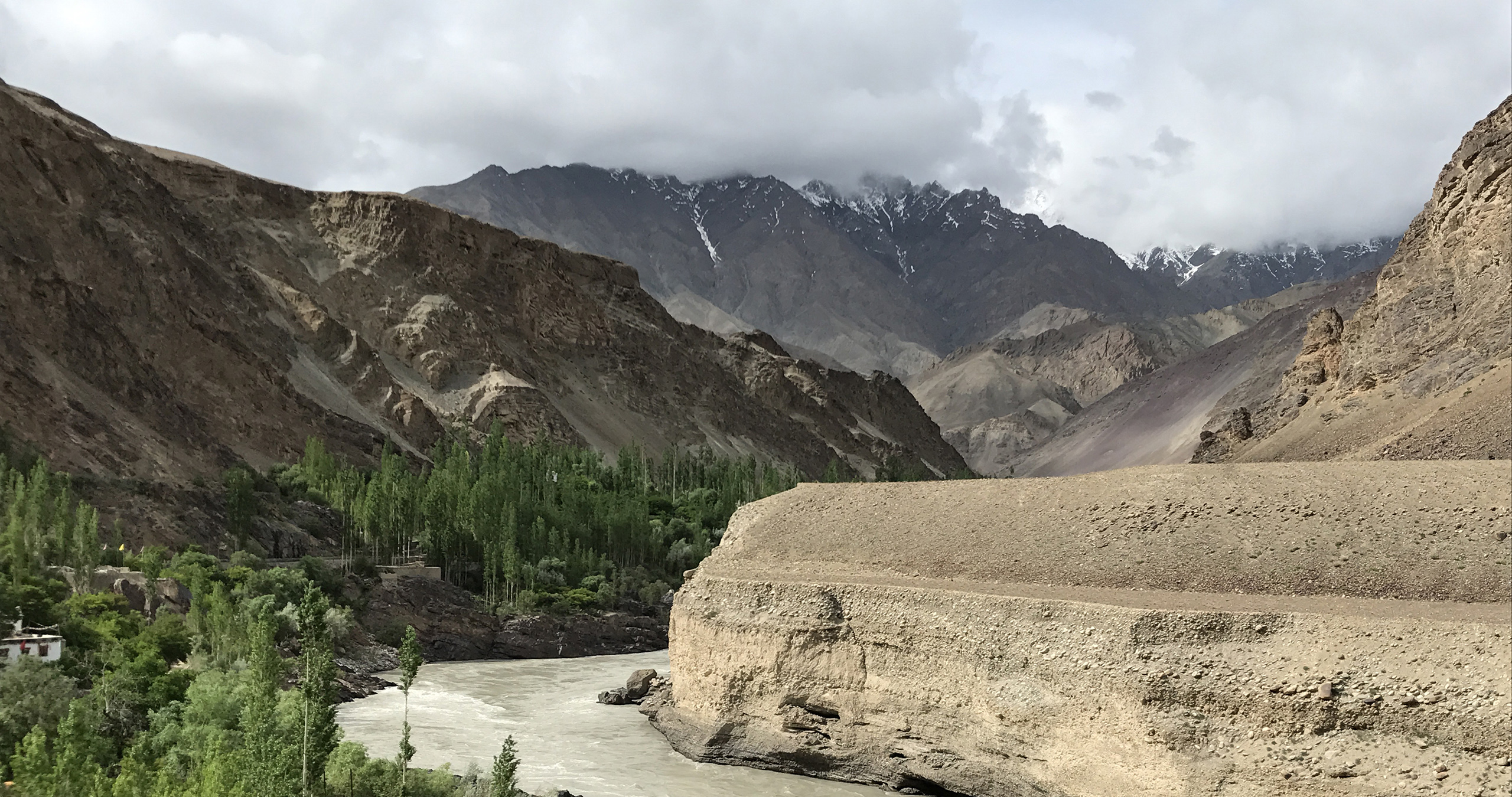
A Life Closer to Nature
With Another Escape, we travelled to the geographically rich region of Ladakh, and discovered a community living in harmony at 3000m...


